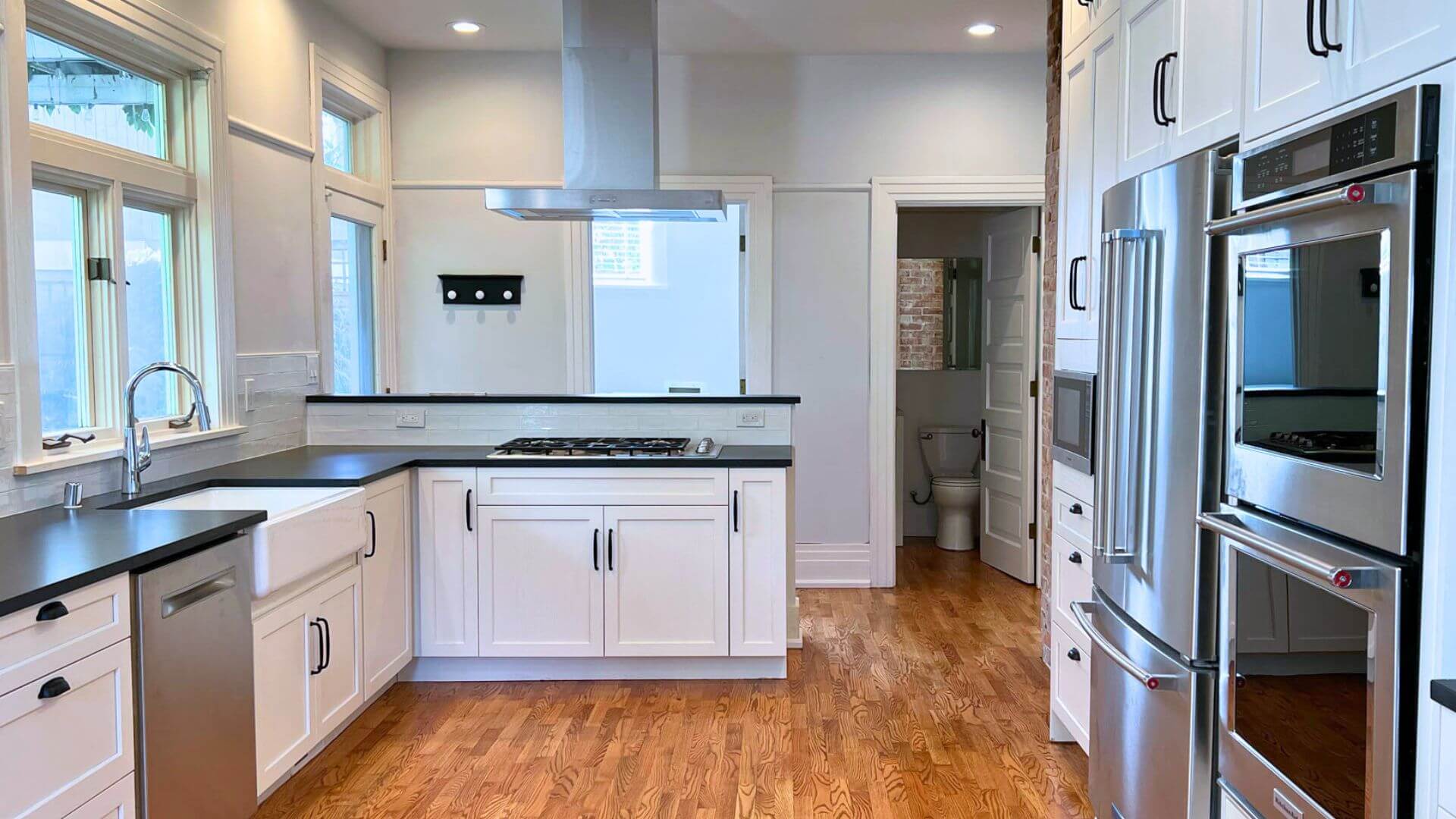Most homes don’t fail overnight.
Problems start small — a drip here, a crack there — and grow quietly in the background. By the time they demand your attention, they’ve often multiplied in cost, complexity, and stress.
Especially in places like Tacoma where wet weather can accelerate damage.
The truth is, fixing something early almost always costs less than waiting until it becomes an emergency. Here’s why delay can be more expensive than you think.
Why Homeowners Delay Repairs
Life gets busy. Budgets have limits. And when damage isn’t glaring, it’s easy to tell yourself it can wait. But behind the scenes, small problems have a way of inviting bigger ones.
Moisture seeps into places it shouldn’t. Materials expand, contract, and crack. Insects and rodents find new entry points. By the time you can’t ignore it, the original fix is now buried under layers of new issues.
Common Repairs People Put Off (and Why That’s Risky)
- Leaky gutters or downspouts. → Water spills near the foundation, leading to erosion, basement leaks, or settling.
- Cracked or missing caulk → Even tiny gaps around windows and doors can let in water and cause hidden rot
- Minor roof damage → A few missing shingles can allow moisture into roof decking, causing mold or structural weakness.
- Peeling paint or siding cracks → Exposed wood becomes a welcome mat for pests and moisture.
- Slow plumbing leaks → Drips under sinks or behind walls quietly ruin cabinetry, drywall, and flooring.
The Price Difference: Early Fix vs. Late Fix
- Replacing a few roof shingles: $350–$500 vs. Repairing water-damaged roof decking, drywall, and insulation: $3,000+
- Replacing the caulk in your shower: $250-$400 vs. Replacing the full shower and all rotten material behind and under: $5,000+
The Non-Monetary Costs of Waiting
Money isn’t the only thing at stake. Delaying repairs can also mean:
- Stress — dealing with last-minute emergencies.
- Inconvenience — living in a construction zone longer than necessary.
- Safety risks — from electrical or structural hazards in weakened structures
Your Quick DIY Inspection Checklist
Walk around your property twice a year — spring and fall are ideal. Here’s what to look for:
- Peeling paint, cracks, or soft spots in exterior wood.
- Loose or missing shingles.
- Clogged gutters or disconnected downspouts.
- Water stains or musty smells indoors.
- Cracking or failed caulking.
Even if you’re not sure how to fix something, spotting it early gives you the power to decide how and when to address it — before it decides for you.
Bottom line: Home repairs are like interest — the longer you wait, the more you’ll pay. A little prevention now is the easiest way to avoid bigger bills and bigger headaches later.
RELATED Articles

New Year, New You… New Home?
Start the new year with one intentional home improvement. Learn how a single, well-planned update—big or small—can reduce stress and improve daily life.
Learn More%20(1).jpg)
A Craftsman Classic with Modern Comforts
This Craftsman remodel celebrates the historic beauty of Tacoma homes, with smart updates for modern comfort and convenience.
Learn More
